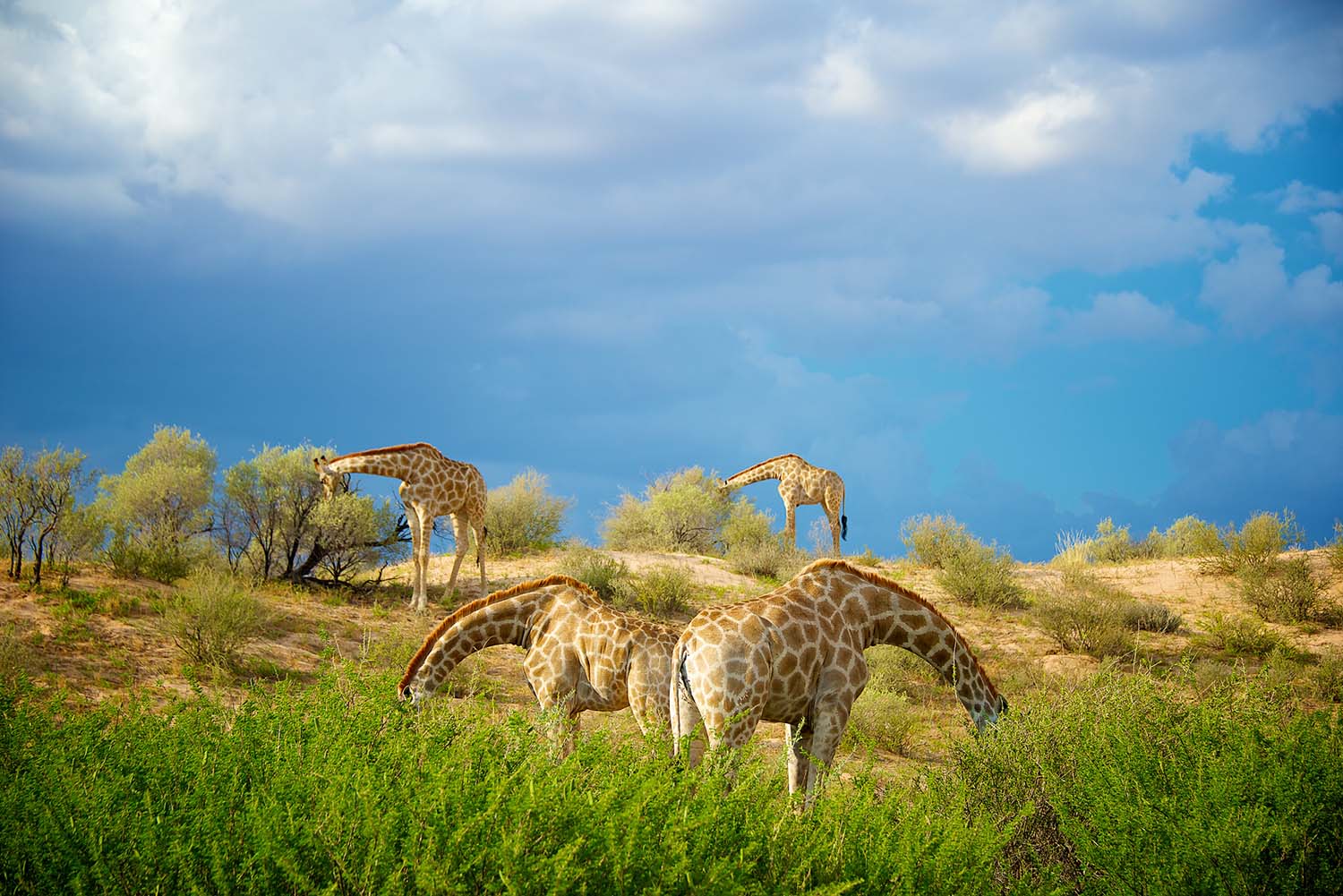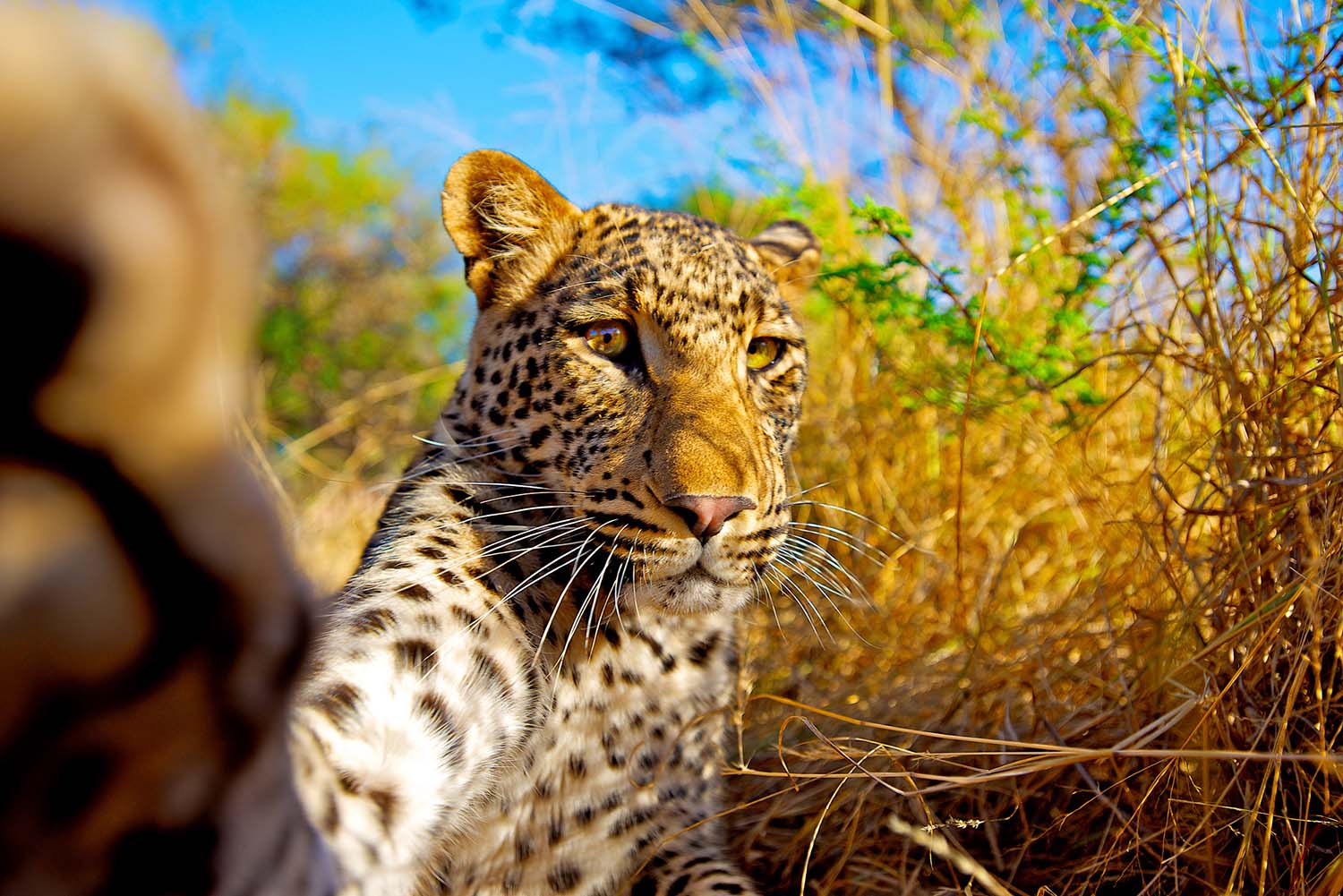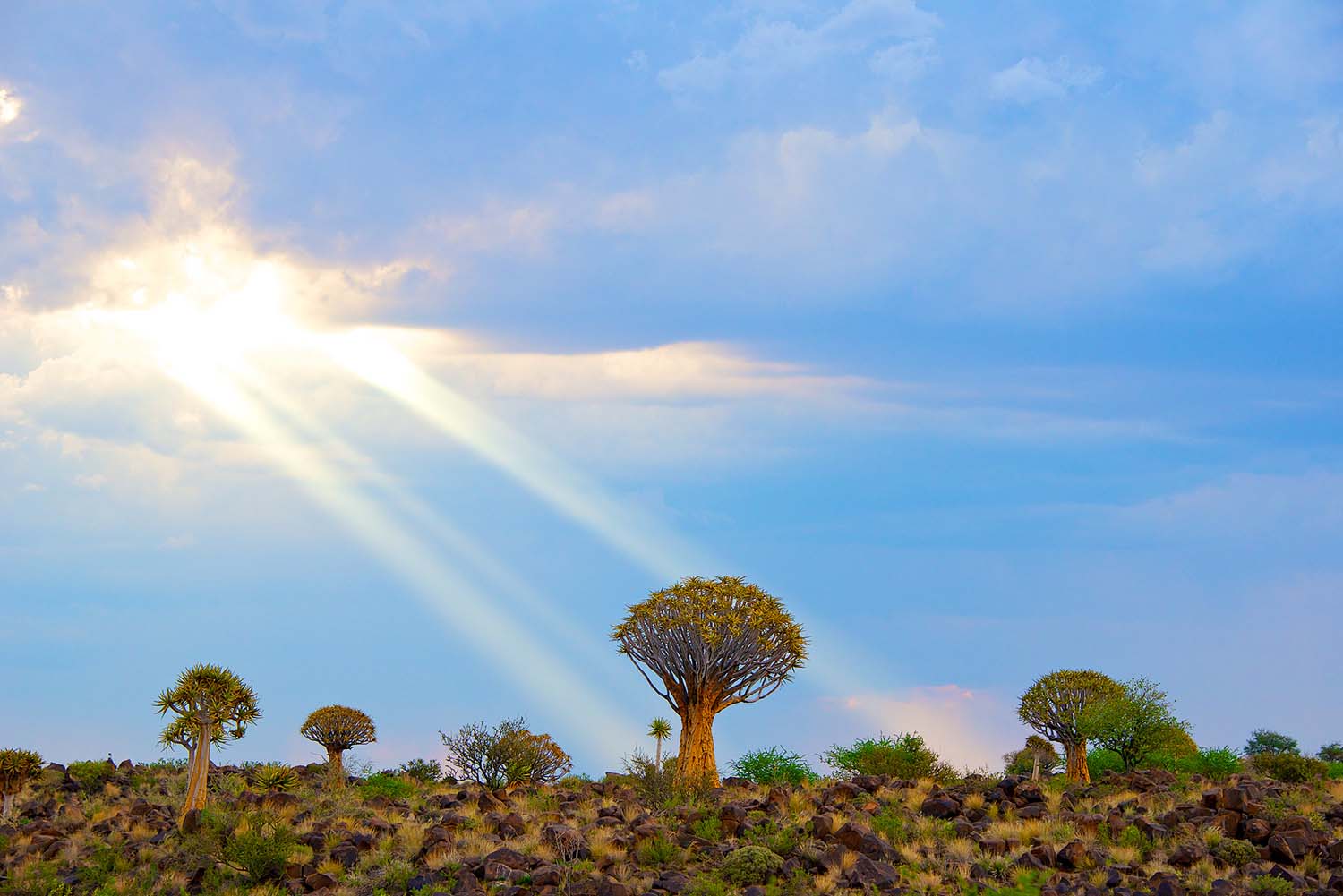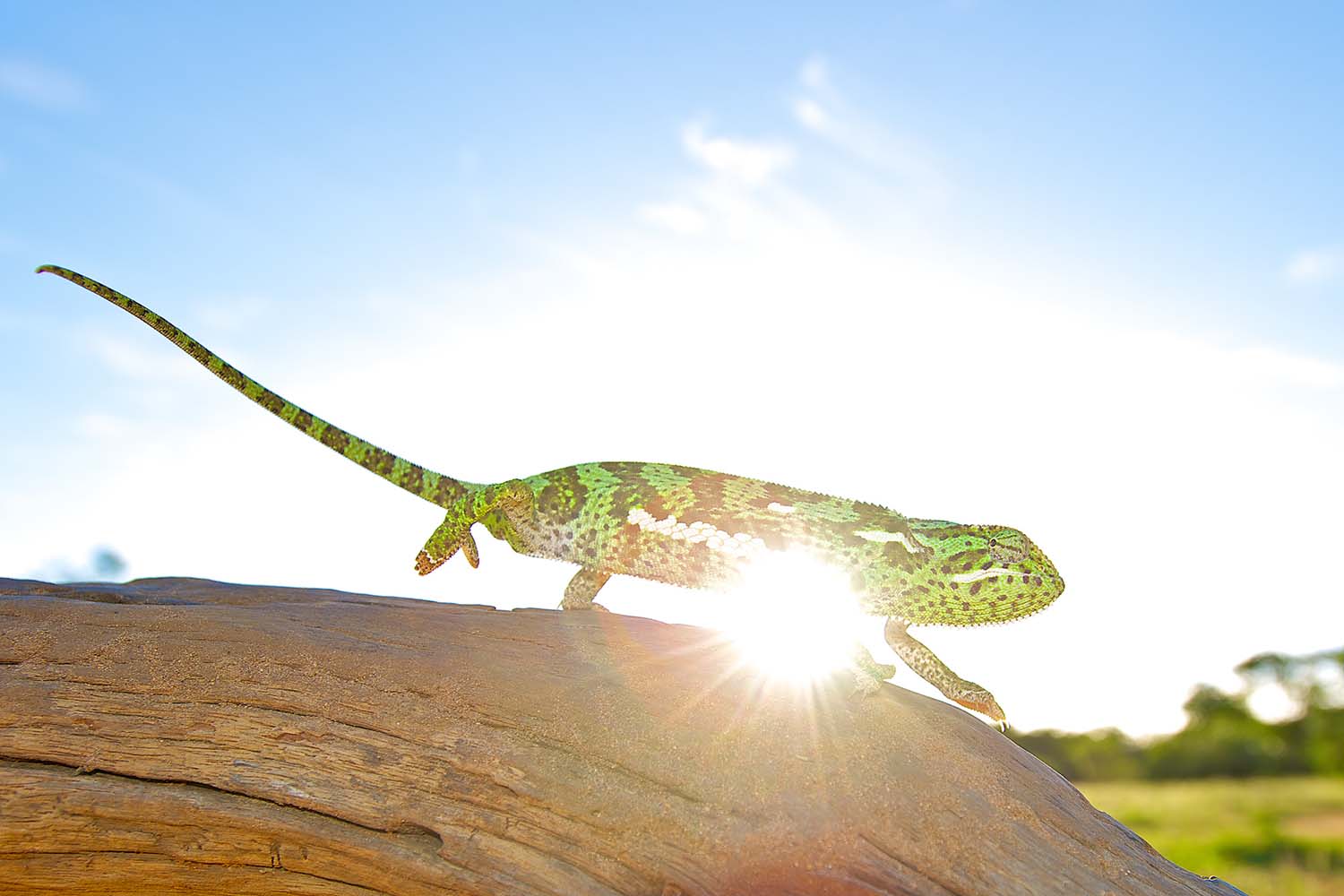NEWS
The results are in! 2025 Open competition category winners and shortlist have been reavealed.

Shannon Wild is an Australian wildlife photographer, author and presenter based in South Africa. She is a member of PhotoShelter, the leader in portfolio websites, photo sales, marketing and archiving tools for photographers.
Shannon has been involved in various conservation projects over the years including shooting two charity calendars for Devil Ark called the Australian Girls of Herpetology, volunteering her photographic services and working with the critically endangered Grand Cayman Blue Iguana in the Caribbean as well as spending many years as an Australian wildlife carer involved in rescue and rehabilitation specialising in reptiles.
Tell us about your weekly TV series ‘Shannon Wild’ - how did this come about?
My weekly series combines my passion for wildlife and photography. I take my viewers into the field as I highlight fascinating facts about the animals I photograph while sharing photography tips.
You juggle many different hats in your career - wildlife photographer, author, presenter - where does your heart lie?
Wildlife Photography is my passion first and foremost. The beautiful thing is that I get to channel that passion into my other ventures as an author and presenter, which are always animal and photography related.

How did you capture the image of the Leopard that is seemingly holding onto the camera - what are the logistics behind an image like this?
Ah yes! Luckily I escaped this encounter unscathed, which doesn’t always happen. In this case the leopard was hand raised with her sister after their mother was killed. You could never get this close to a wild leopard, so don’t try that at home! Leopards are considered the most unpredictable of the big cats and this girl was almost 1 year old when this photo was taken and certainly the last hands-on encounter I could have with her. She was already getting very cheeky at this stage and not long after, too wild to engage with, which is great and as it should be. It was amazing to be able to spend time with her and her sister so closely. It’s something I will always cherish.

As someone with a unique, almost day-to-day perspective of wildlife and nature, do you think our connection and interaction with the natural world in the 21st century is a healthy one?
There is no doubt the answer is no, but also yes. You’re right, I am in a very privileged position to work outside and surrounded by wildlife. I never lose sight of the fact that I get to see animals in the wild that some people may never get to, whether by proximity or impending extinction. It’s tragic to think that many people are not even aware of the serious plight of some animals, but there are also many people trying to change that, dedicating their lives to protecting the natural world and its stunning inhabitants. I’m often lucky to meet these people in my line of work.
One of my greatest motivations is to create images that ignite a sense of fascination and appreciation in the viewer but more so to encourage involvement and responsibility in their preservation.

What challenges and opportunities related to the natural world do you think will define the next decade?
The world is progressing at a phenomenal rate. Technology, population, demand on resources. I cannot begin to imagine where we will be in ten years in terms of conservation of wildlife and their environments. It’s hard to comprehend what challenges or opportunities we may then face but I do hope that the world is in a better state than it is now. We are in the midst of an environmental crisis but there is hope and I believe education is key.
Do you have a photographic philosophy?
To be honest I’ve never really thought about. Not intentionally, but I always try to show animals in a positive light, even when nature can be incredibly harsh there is still raw beauty in it and that’s what I try to capture.